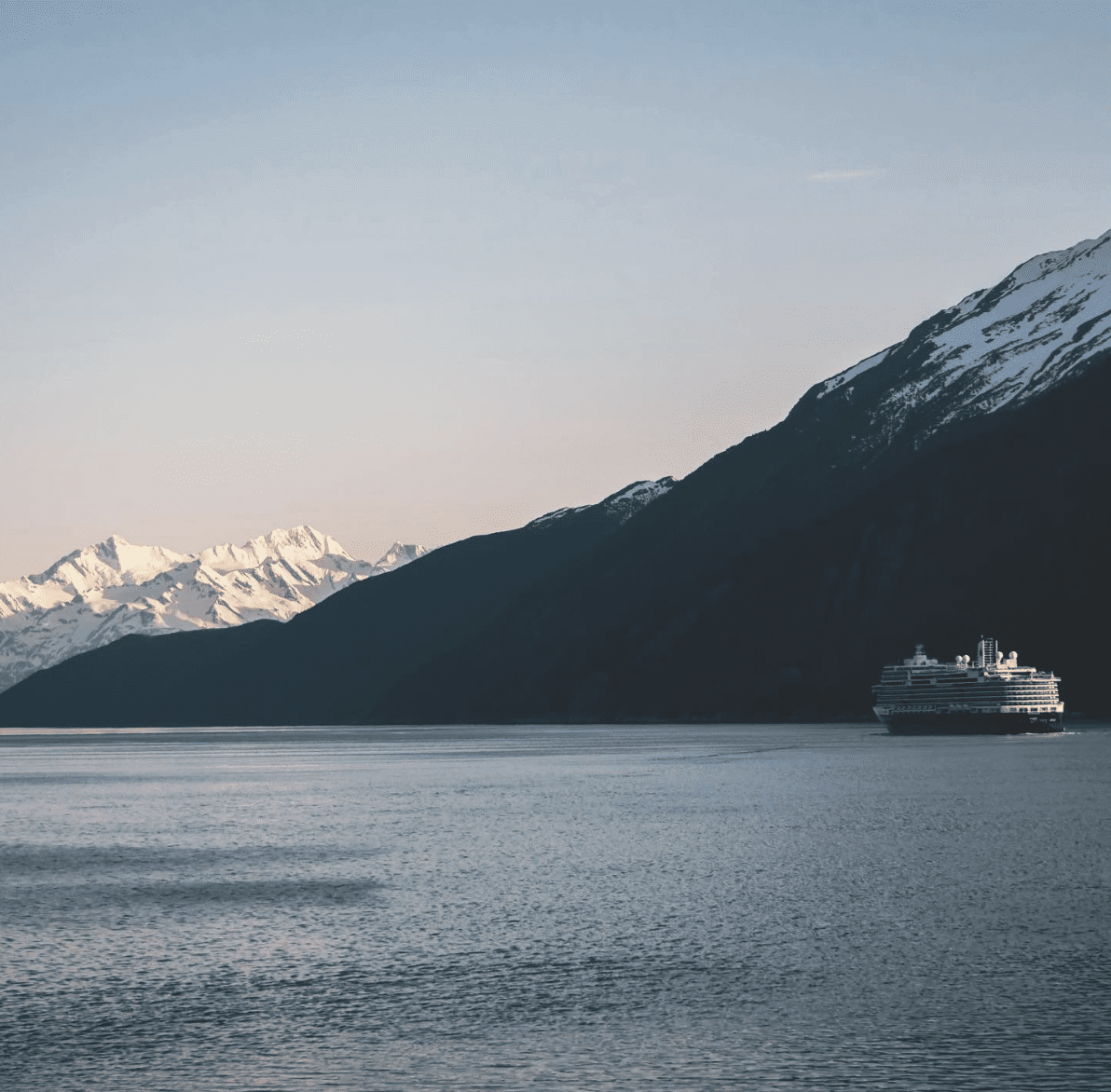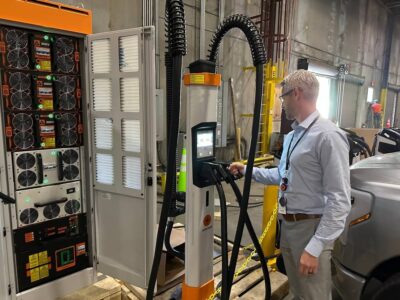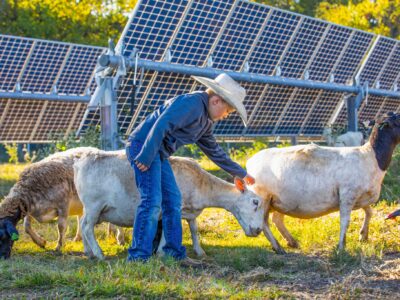As climate change and its effects become more pronounced, it only makes sense that sustainability standards become more rigid to compensate. A combination of policy and market pressure means that even the most crucial companies and industries are beginning to follow suit.
Conversely, industries that aren’t essential may feel more pressure to implement eco-friendly practices. Cruise ships are a perfect example of this. If we’re going to be sending gigantic boats on weeks-long journeys for fun, we had better be sure that we’re doing so as efficiently as possible.
There are emerging technologies that allow ships of certain sizes to reduce emissions, but emissions are only one aspect of sustainability. Even the cleanest cruises house thousands of guests, human beings with resource needs that go beyond energy.
One way an Alaskan cruise line has been making a difference is through its menu. Last fall, Holland America Line (HAL) became the first cruise in the state that offers verifiably clean-sourced seafood for its meal plan as part of its Responsible Fisheries Management (RFM) certification.
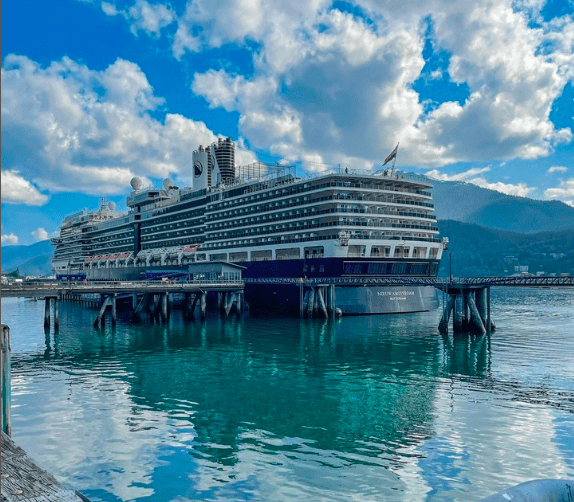
Photo Courtesy Holland America Line
This effort is a welcomed surprise for an industry that is not required to source its food sustainably.
HAL’s entirely voluntary move shines a spotlight on the importance of maintaining the stability of Alaskan fishing, something that potential customers may want to consider when deciding their next cruise experience.
“Holland America Line has shared Alaska adventures with our guests for 75 years, and supporting sustainable fishing and local business is an important commitment for us,” Gus Antorcha, HAL president, said in a press release. “We’ve pledged to buy and serve only local, sustainable, fresh seafood on Alaska voyages, and RFM certification is a crucial step in the commitment to sustainability that we share with our guests and fishing families of Alaska.”
Meeting the RFM standards is no simple walk in the park, even for billion-dollar cruise lines. “Sustainable seafood certification provides the highest level of assurance that the seafood product is verified to be sustainable and responsible, is harvested legally, and is traceable back to its source,” Jeff Regnart, RFM program manager, told “Forbes.”
In HAL’s case, this meant a full audit of company-owned ships by a third-party accredited certification agency.
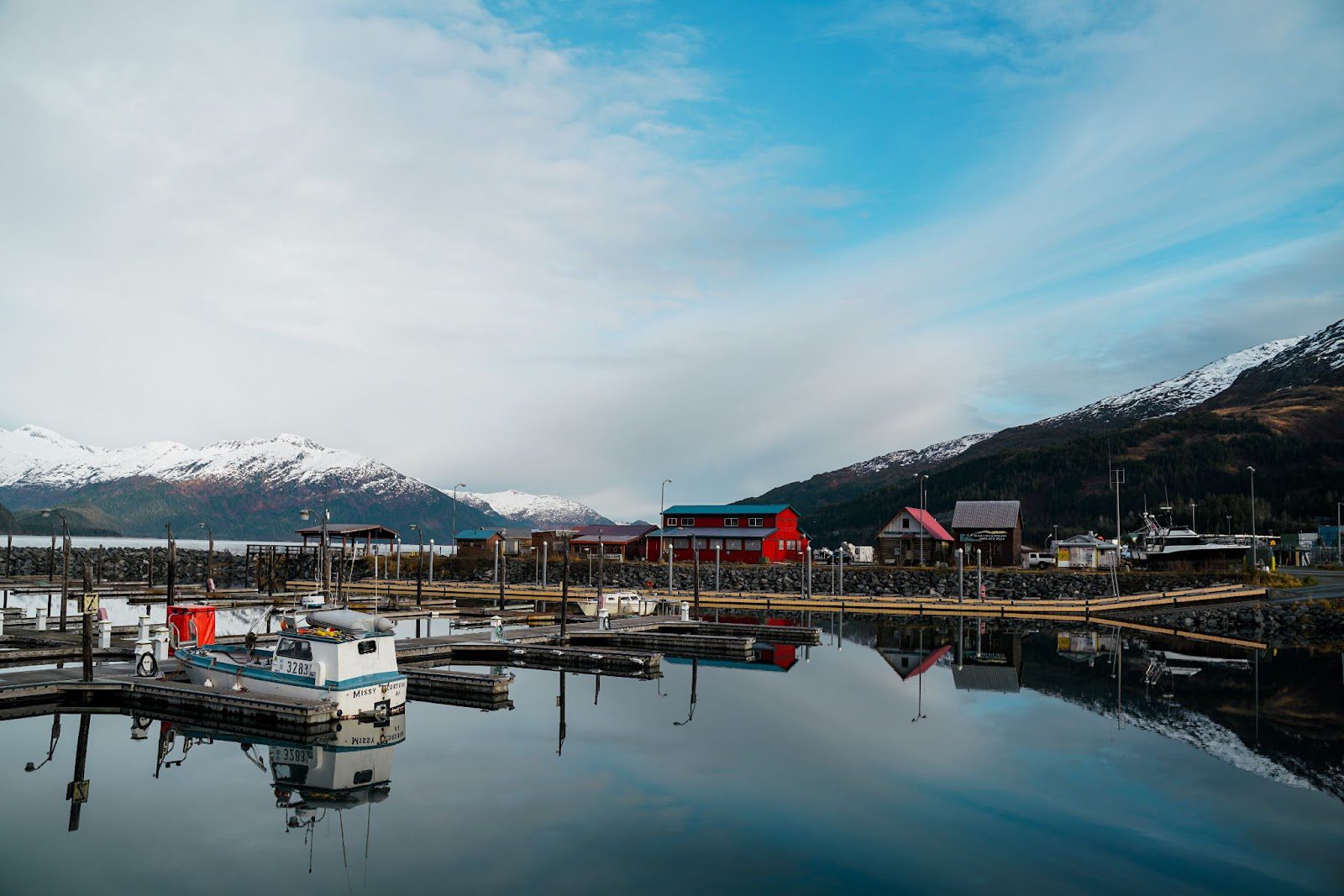
Photo Courtesy Zak Bernadsky
Verification under RFM’s Fisheries Standard covers virtually the entire fish journey, with checkpoints regarding the tracking, segregation, and traceability of seafood across all processing, distribution, and marketing chains. Extensive documentation is also provided.
All of this aligns with what Regnart notes in “Forbes” to be among the world’s most stringent requirements for seafood sourcing verification, on par with the United Nations Food and Agriculture Organization. “Certification offers an objective and neutral assessment of whether a wild-capture fishery or aquaculture farm meets a certification standard.”
Alaska’s fishing industry has been re-imagined around sustainability in recent decades. More than 60,000 residents rely heavily on the sector as means of employment, with countless others across the state and beyond depending on the Alaskan market for their seafood.
“Alaska fisheries are highly valued as an integral part of the culture of coastal communities,” Tomi Marsh, Alaska seafood harvester and Certified Seafood Collaborative RFM board member, said in a statement. “Thus, fisheries are carefully managed, including input by locals, with a priority for sustainability in a constantly changing ocean in order to ensure that these fisheries are available for the next generation.”
“Holland America Line’s support for RFM not only highlights its dedication to sustainability but also its dedication to promoting local values,” Marsh continued.

